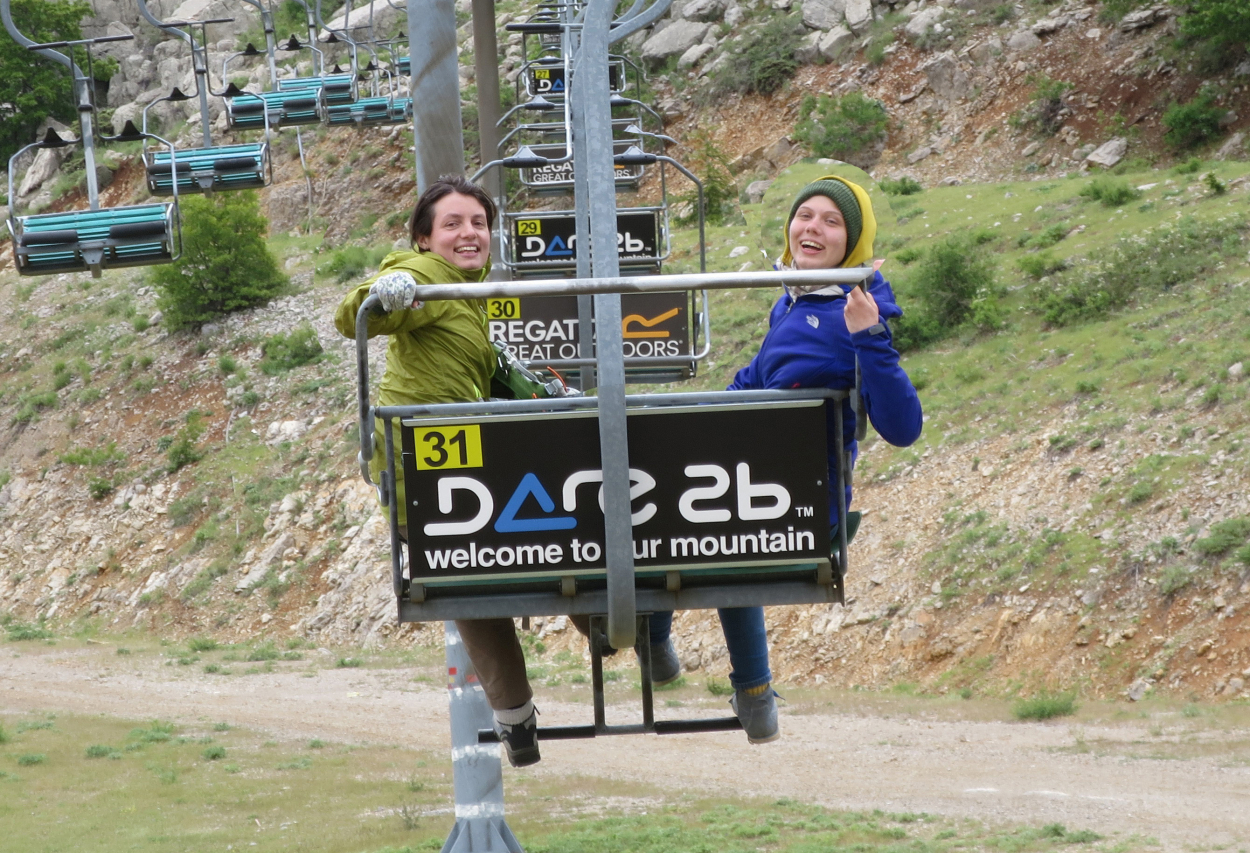Unexpected discovery: SPbU’s Professor and his students discovered a new species of butterfly in Israel
The Professor of the Department of Entomology of St Petersburg University and leading research fellow of Zoological Institute of RAS Vladimir Lukhtanov has described a newly-discovered species of butterfly genus Melitaea, now known as Melitaea acentria. Such a unique name is derived from the nickname of SPbU’s graduate Asia Novikova who collected the first samples of the new species. The research findings are published in Comparative Cytogenetics.
The butterflies were seen over the slopes at the Hermon ski resort in northern Israel. Thousands of Israel people and tourists had observed and many of them, including experts in entomology, had even photographed this beautifully colored butterfly, yet no one recognized it as a separate species, says Prof Vladimir Lukhtanov.
Melitaea acentria is similar in appearance with the sibling species Melitaea persea, which is well studied by the entomologists. The sibling species are generally referred to as cryptic species. They are surprisingly common and spread even in well-studied animals. Although they are not easy to distinguish, they see themselves as distinct from other species, says Professor.
“These are unexpected discoveries, — said Vladimir Lukhtanov. — As part of the RSF project “Genetic structure and formation mechanisms of biological diversity”, we have developed a number of unique algorithms how to identify species in a precise way. To test our methods we chose the butterflies of Israel, which are well-studied invertebrate group in the entomologically well-studied region. Finally we have proved that our methods are efficient: suffice it to say, the discovery of the Acentria’s fritillary is the first finding of a new butterfly species in Israel in 109 years”.
The first samples of the newly-discovered species were collected by Asia Novikova on June 1, 2013, who is a SPbU’s graduate, pursuing her education in post-graduate studied in the Hebrew University of Jerusalem, and an active member of all the research expeditions across Israel. Initially the butterflies were identified as Melitaea persea, but the molecular analysis showed that there was something wrong.
“The molecular analysis showed that we had a new butterfly species, — said Vladimir Lukhtanov. — The key evidence was obtained after we had studied its internal anatomy, the genitalia of the male species. The genitalia of the insects are highly complex, still the parts of them are species specific. This was the case with the Melitaea acentria. It took us four years to study the newly-discovered species in depth”.
Now wonder that the name of the new species is acentria (from Greek “not central”): first, it is Asia’s nickname on the Internet, second, it means a peripheral habitat of the new butterfly, closer to the south border, in relation to the areal of all the Melitaea.
“At school I was a member of the entomological club of Aleksei Kuprianov. It was very trendy to use names of the butterfly species or genus you studied in your e-mail, — said Asia. — I chose acentria for two reasons: first, if you read the first three letters in Russian, you get “Ase” that is to me, and second, I am keen on the Acentria ephemerella. When I heard that Prof Vladimir Lukhtanov was going to give this name to the newly-discovered species, I was literally struck dump. It is a great honour for me. Of nothing like that could I dream”.
The research group headed by Prof Vladimir Lukhtanov comprises graduates and students of the Department of Entomology of SPbU: research fellow of the Zoological Institute of RAS Nazar Shapoval, Gerard Telaver from Harvard University,PhD student from California University Alisa Vershinia, leading specialist of the SPbU’s Resource Centre “Hromas” Mariia Vishnevskaia and SPbUs’ students Elena Pazhenkova and Iaroslavna Iashenkova. Today they are planning to study how new species originate genetically and analyze what role interspecies hybridization plays in species formation. Just recently the group has returned from the expedition to Kazakhstan, and now they are going to study butterflies in Tadzhikistan.




